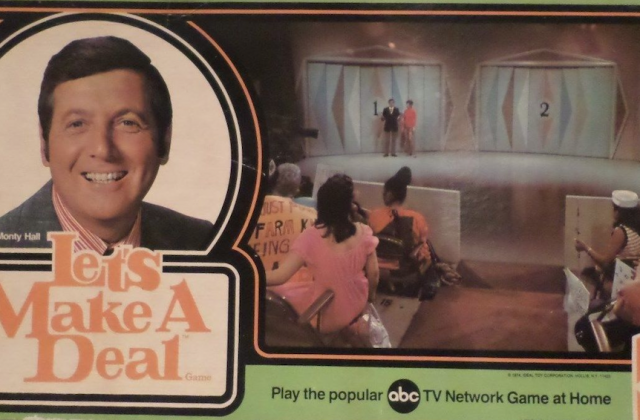MIZ/MHA Won’t Work, but Is there a Compromise?
I was on a panel last week talking about housing and affordability for the University of Washington’s continuing education program for real estate professionals. I was pretty aggressive making my typical points about Mandatory Inclusionary Zoning (MIZ) and the City’s version of it, Mandatory Housing Affordability (MHA). I made the usual points, that MIZ will simply raise all housing prices and produce only a few, expensive units of non-profit affordable housing years from now. I think there was a lot of agreement from the group. But one student asked, “What would it take for you to support MHA?” What a great question. Here’s how I answered and
Cash for Rent
After making the point, again, that the answer to housing prices going up is to make more housing of all kinds in all parts of the city for all levels of income, I gave my opening negotiating position on agreeing to MHA. First, all the money generated from in lieu fees should go to cash payments to relieve the cost burdened for households in the city that have the biggest challenges paying rent, those under 30 percent of Area Median Income (AMI). As I’ve pointed out, by the City’s estimate, there are 26,250 households under 30 percent AMI that are cost burdened and paying as much as half their income on housing. If MHA generated about $75 million a year in fees, that could help each household with an average cash payment of $238 a month for each year.
Sell Density at Auction or Through Negotiation
The only way MHA would be an exchange of value would be if there were an auction for the additional Floor Area Ratio (FAR) that the City wants to charge for. In other words, rather than set a static and arbitrary fee, offer up FAR to the highest bidders or through negotiation. This could be done in general, so a builder could buy FAR from the City and use it where she needed additional density the most, or the City could sell FAR to a specific project for whatever it would be worth at that site. Land values are different in all parts of the city; not every square foot is equal. In some parts of the city, where there is a lot of demand, a developer might be able to pay for additional FAR, absorb the additional risk and costs because it makes financial sense. The current MHA program is a forced sale; you came in to the shoe store to buy one pair of shoes, but the City is going to make you buy a second pair whether you want or need them.
Reduce Regulation: Start with Abolishing Design Review
Finally, I’d get behind a program of voluntary sales of additional density if we abolished the pointless design review program. There isn’t any benefit or value created by design review; the program is purely a speed bump – and sometimes a deal breaker – for new housing. The process is expensive, time consuming, and offers zero or close to zero value for future residents who end up paying more rent to let angry neighbors bicker of the color of the Hardy panel on their building. There are numerous other examples of regulatory overreach, but design review is the most egregious. If we just got rid of it, I’d believe the City was really committed to good housing policy and efficiency. No more design review would save everyone lots of money, time, and aggravation.
So there it is. I’ve been surveying our list of builders to find out what they think, and earlier results show some favor for the idea of lowering cost burdens as part of an exchange of value that would make sense. Many people think a voluntary program would work as well, especially if the price of additional density created more value for a project the way the Multifamily Tax Exemption (MFTE) programs shares the value of a tax deferral with developers and tenants. Of course, if the City was this thoughtful and compromised the program wouldn’t be called Mandatory Housing Affordability anymore. But money would still be generated to help people with rent, more density would happen, and cost control would mean more units coming on line faster and cheaper.


